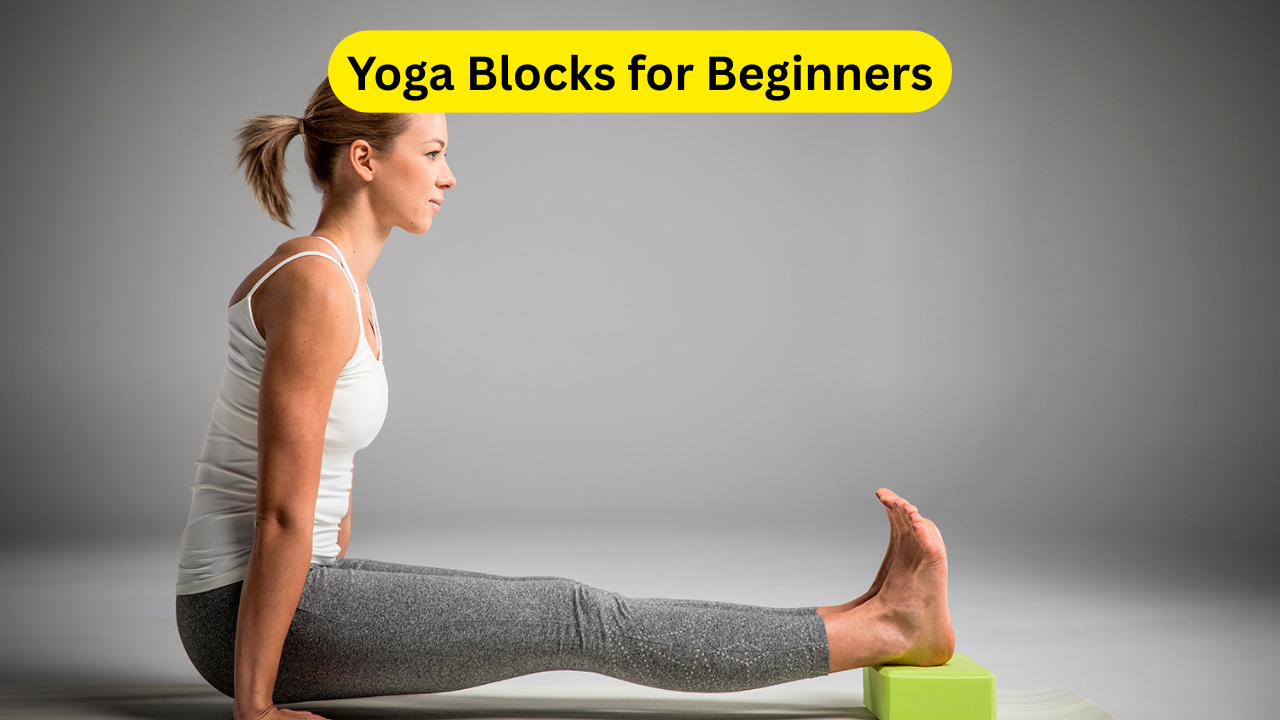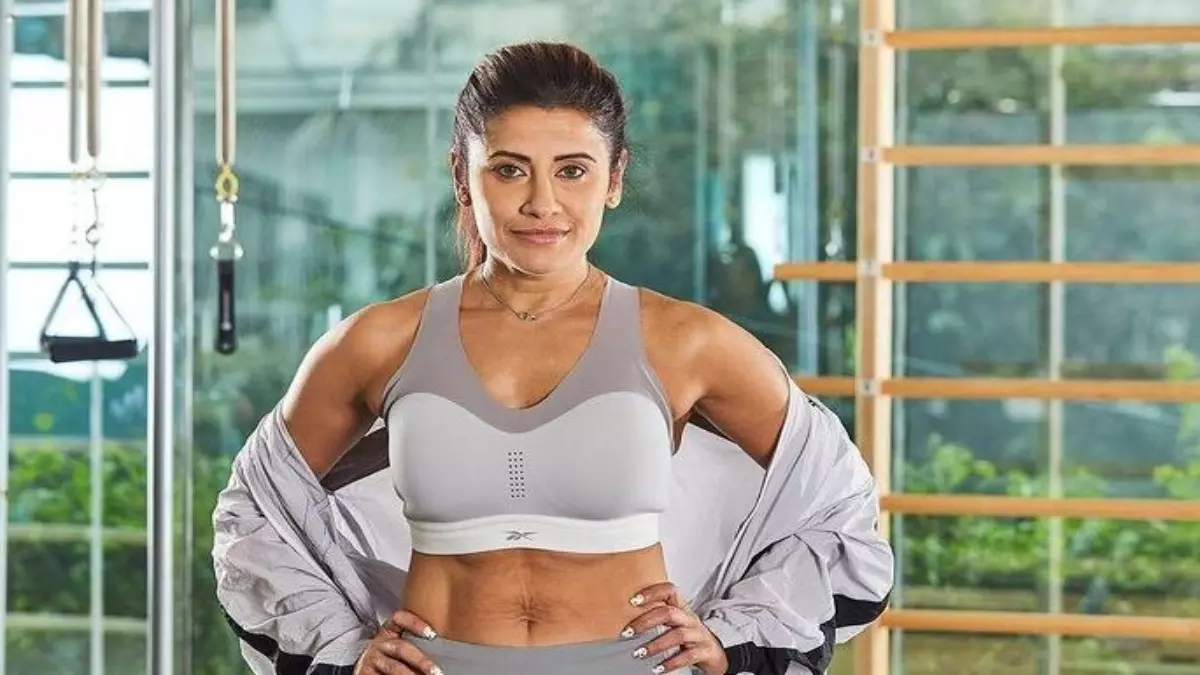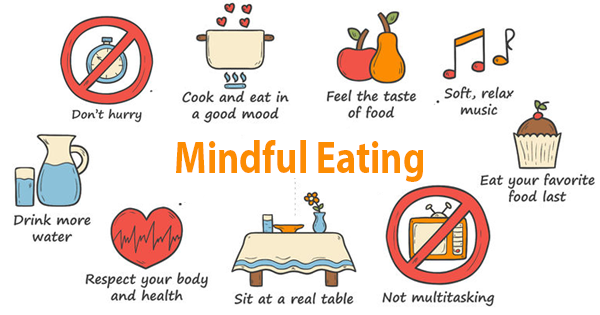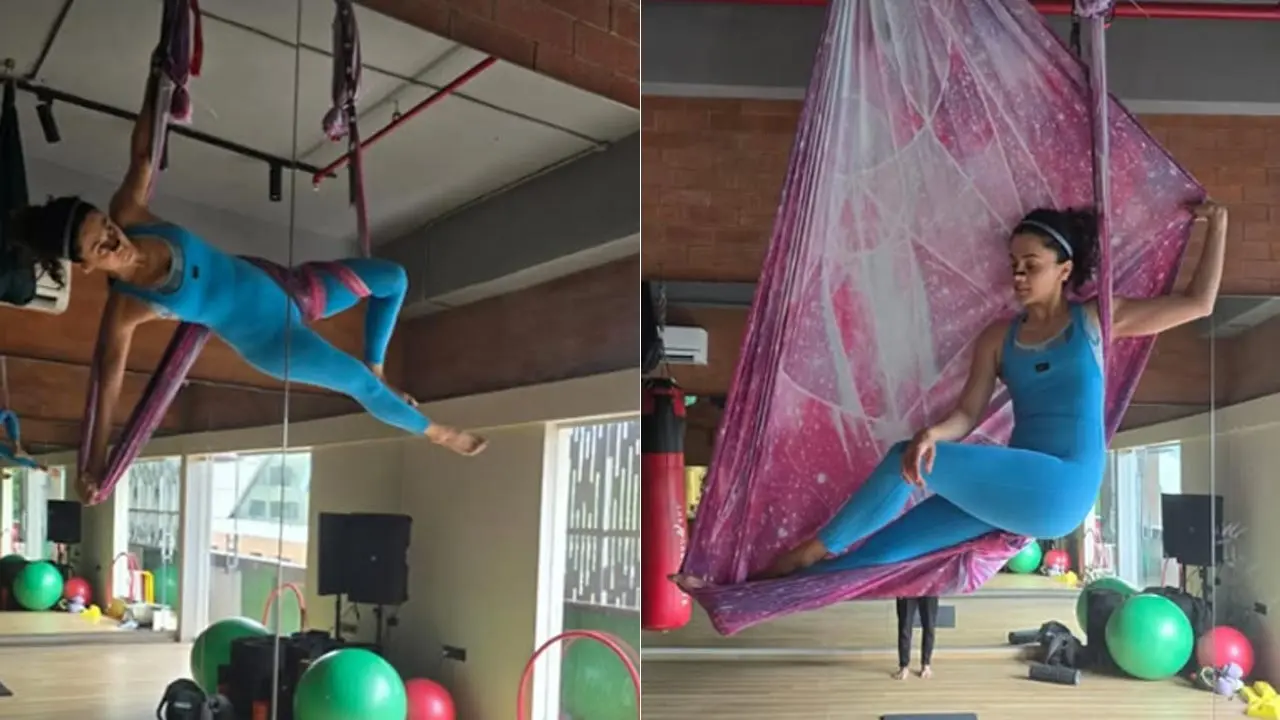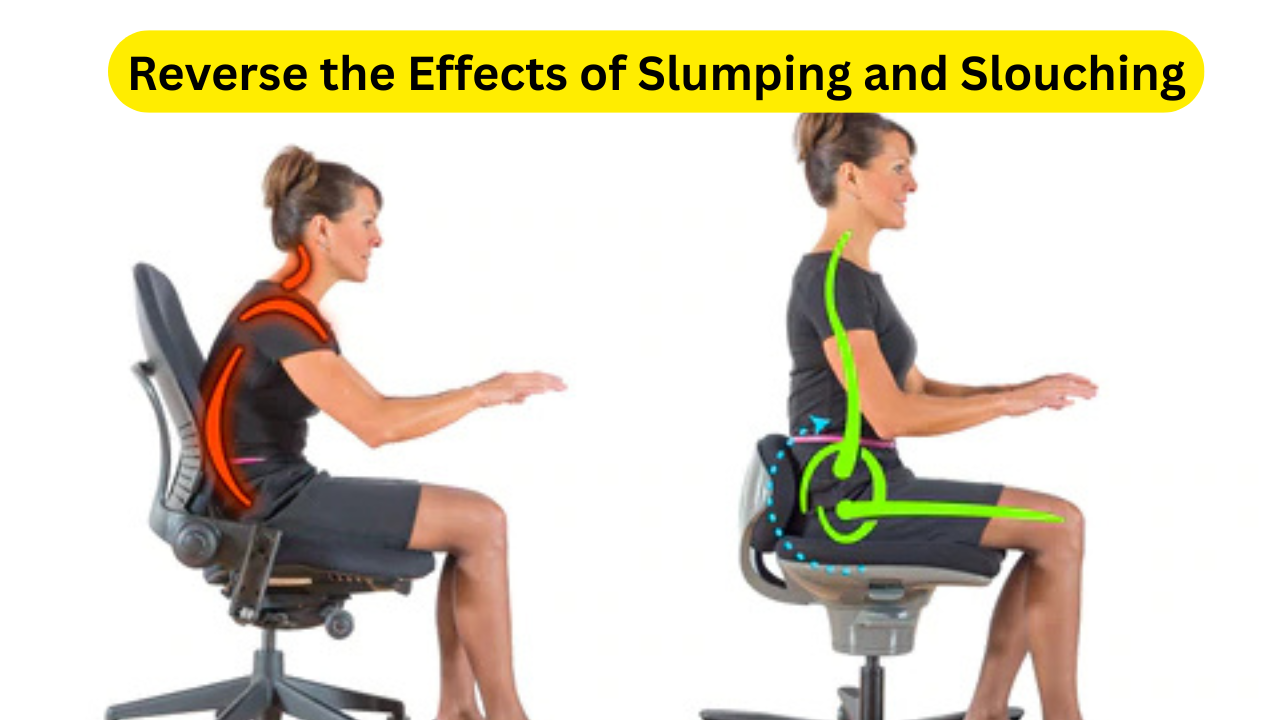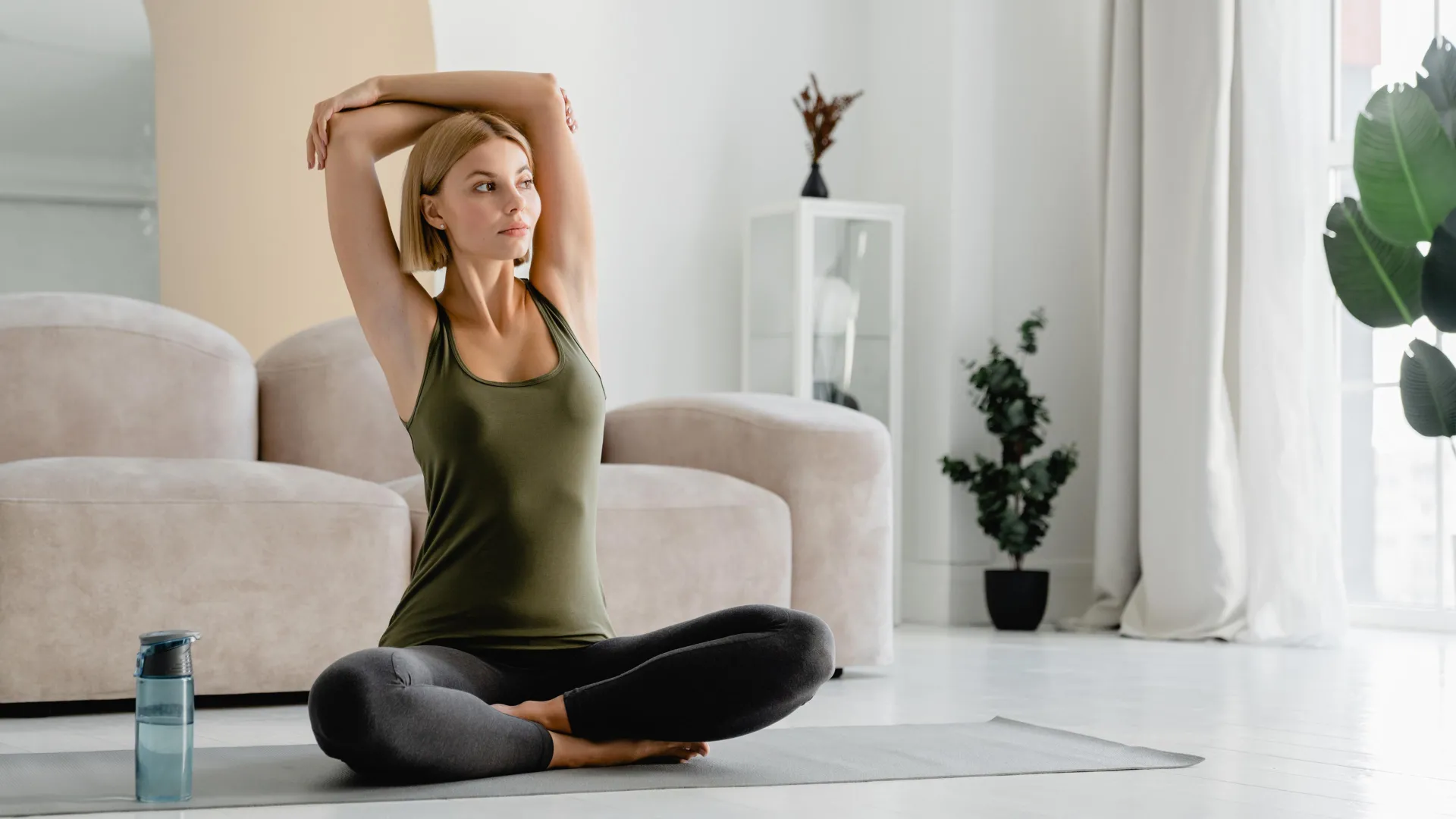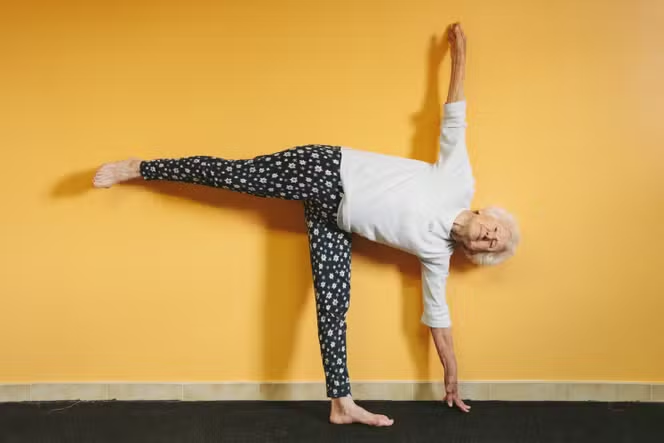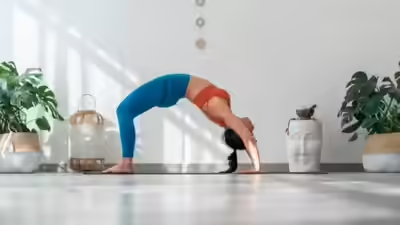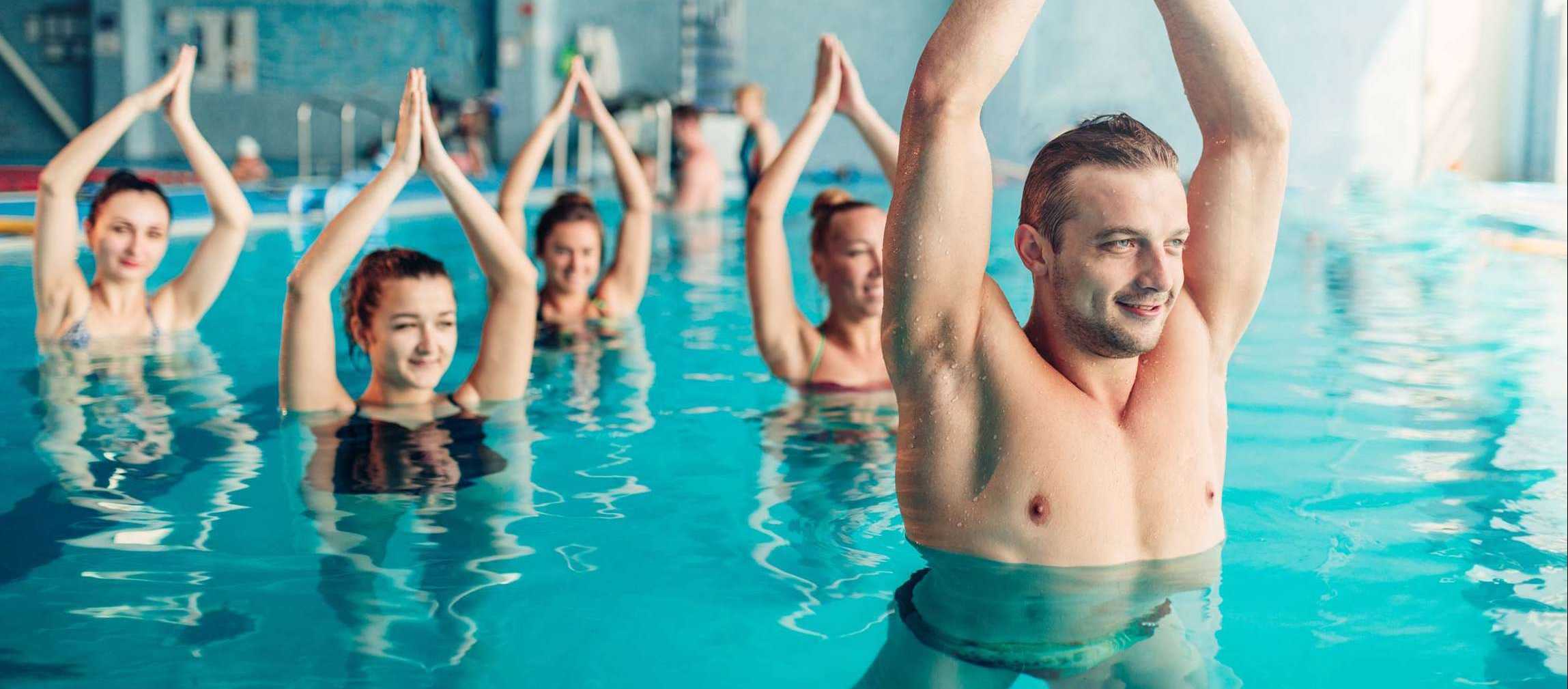Yoga Blocks for Beginners: Yoga is more than just a fitness routine—it’s a transformative journey of body, mind, and spirit. However, if you’re just starting out, some yoga poses can feel intimidating or out of reach. That’s where yoga props come in, especially yoga blocks for beginners. These simple tools can make a world of difference in your practice by offering support, improving posture, and preventing injury.
Yoga blocks are rectangular props commonly made from foam, cork, or wood. Though they may look basic, they are incredibly versatile and valuable for anyone exploring yoga for the first time. Yoga blocks serve as an extension of your body, allowing you to achieve poses that might otherwise be difficult due to flexibility or balance limitations. Whether you’re practicing at home or in a studio, incorporating yoga blocks can help make each pose more accessible and comfortable.
The best part? You don’t need to be super flexible or experienced to benefit from yoga blocks. Even seasoned yogis continue to use them for support in advanced poses. As a beginner, these blocks can encourage correct alignment, improve flexibility, and offer the balance you need to fully experience the benefits of yoga.
Benefits of Using Yoga Blocks for Beginners
1. Enhances Flexibility Gradually
Yoga blocks allow you to ease into deeper stretches and poses. By bridging the gap between your hands and the floor or extending your reach, blocks make flexibility more attainable, helping your muscles open up gradually without strain.
2. Provides Support and Stability
For beginners, balance can be tricky. Yoga blocks offer a firm surface to lean on, helping you stay grounded and focused. This support is particularly helpful in standing poses or when transitioning between positions.
3. Reduces Risk of Injury
Using yoga blocks helps to maintain proper alignment and prevents overextending or straining muscles, which are common causes of injury in beginners. When your body is correctly aligned, it functions more efficiently and safely.
4. Encourages Better Alignment
A key component of a successful yoga practice is correct posture. Blocks can help you align your body more precisely in a pose, reducing pressure on joints and improving the overall quality of the movement.
5. Builds Confidence
Many beginners shy away from yoga because they fear they can’t do certain poses. Yoga blocks help bridge that gap, allowing you to participate fully and build self-assurance in your abilities.
Click here: Baby Cobra Yoga Pose: The Gentle Power of Backbends
12 Practical Ways to Use Yoga Blocks for Beginners
1. Supported Forward Fold (Uttanasana)
Place yoga blocks under your hands in a standing forward fold. This modification allows you to experience the stretch without rounding your back or straining your hamstrings.
2. Seated Forward Bend (Paschimottanasana)
If your hamstrings are tight, sit on a block to elevate your hips. This tilt in the pelvis helps you hinge forward more comfortably and effectively.
3. Bridge Pose (Setu Bandhasana)
Slide a block under your sacrum for support in a restorative bridge pose. This gentle backbend helps relieve lower back tension and allows longer holds.
4. Triangle Pose (Trikonasana)
Place a block beside your front foot to rest your hand on it. This helps you maintain balance and keep your spine aligned, especially if you’re not flexible enough to reach the floor.
5. Supported Fish Pose (Matsyasana)
Place one block under your upper back and another under your head while lying down. This opens the chest and relieves shoulder tension.
6. Hero Pose (Virasana)
Sitting on a block between your heels can reduce pressure on your knees and ankles, making this pose more accessible and comfortable.
7. Lizard Pose (Utthan Pristhasana)
Use a block under your hands or forearms to lift your chest and deepen the stretch through your hips and groin.
8. Crow Pose (Bakasana)
Use a block to elevate your feet for takeoff. This provides height and leverage when you’re working on your arm balance.
9. Reclining Bound Angle Pose (Supta Baddha Konasana)
Support your knees with blocks on either side while lying down with the soles of your feet together. This variation promotes relaxation and gently opens the hips.
10. Half Split (Ardha Hanumanasana)
Place blocks on both sides of your front leg for support while folding forward. It helps maintain balance and protects your hamstrings.
11. Revolved Triangle Pose (Parivrtta Trikonasana)
If your hand can’t reach the floor, place a block under your hand to assist with balance and twisting motion.
12. Child’s Pose (Balasana)
Rest your forehead on a block for comfort. You can also place a block under your hips if your thighs don’t reach your calves.
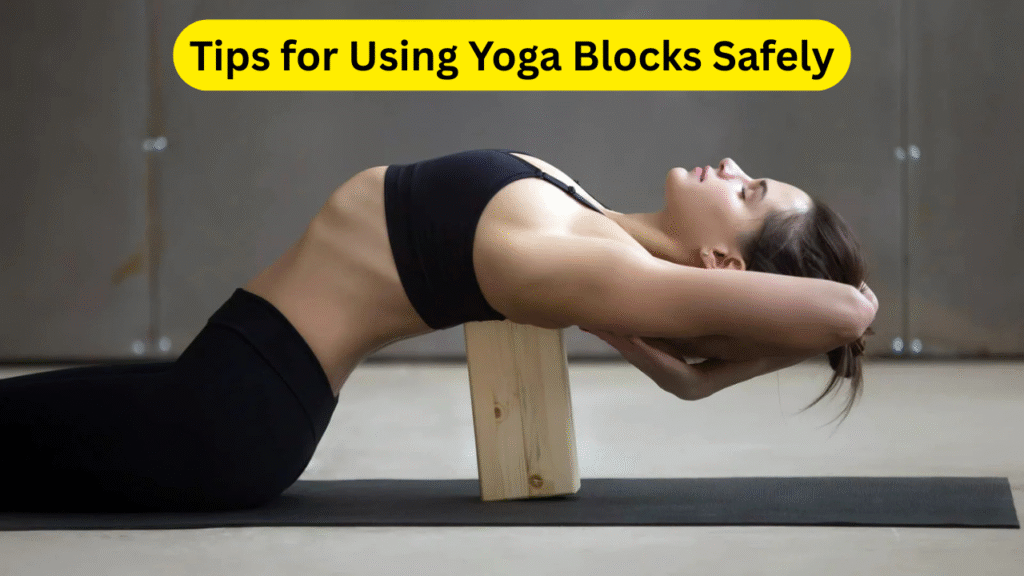
How to Choose the Right Yoga Block
Material:
- Foam Blocks: Lightweight and affordable. Ideal for beginners who want a soft, forgiving surface.
- Cork Blocks: Heavier and more eco-friendly. Offers firm support with a natural grip.
- Wooden Blocks: The heaviest and most durable option. Best for stable poses but less comfortable for restorative postures.
Size:
Most yoga blocks come in standard sizes: 9″x6″x4″. However, smaller or larger options are available depending on your body size and flexibility needs.
Texture and Grip:
Look for blocks with non-slip surfaces to prevent slipping during sweaty sessions. Some come with beveled edges for extra comfort.
Also read: 2025 Hyundai Palisade: Midsize SUV King of Cargo and Comfort
Tips for Using Yoga Blocks Safely
- Start with low height: Use the block flat on the floor and gradually turn it to a higher side as you improve.
- Focus on alignment: Use mirrors or consult a yoga teacher to ensure proper alignment while using blocks.
- Listen to your body: If any pose feels uncomfortable, back off and adjust with a block or additional prop.
- Clean your blocks: Wipe down foam blocks regularly, and clean cork blocks with natural solutions to avoid odor or bacteria buildup.
Yoga Blocks for Beginners Conclusion
Yoga blocks are an invaluable tool for beginners looking to make their yoga practice more accessible, effective, and safe. These simple props can unlock a range of poses that might otherwise feel out of reach, helping you build flexibility, improve alignment, and gain confidence in your body. Whether you’re dealing with tight muscles, limited balance, or just getting used to yoga, blocks make every pose feel more supportive and empowering.
By introducing yoga blocks into your routine, you’ll likely notice an immediate improvement in posture and comfort. Over time, this can translate into deeper stretches, longer holds, and a more fulfilling yoga experience. Blocks aren’t just for those who struggle—they are for everyone aiming to grow in their practice.
As your flexibility and strength increase, you may find yourself using blocks less frequently—but even advanced yogis use them to fine-tune alignment or assist in restorative poses. It’s all about listening to your body and giving it the tools it needs to thrive.
So, the next time you roll out your mat, don’t shy away from grabbing a yoga block or two. They may just be the support you need to deepen your practice and connect with your body in ways you never expected.
Yoga Blocks for Beginners FAQs
1. Are yoga blocks necessary for beginners?
While not mandatory, yoga blocks are highly recommended for beginners. They provide support, enhance flexibility, and help maintain proper alignment, making your yoga journey safer and more enjoyable.
2. What size yoga block is best for beginners?
A standard size block (9″x6″x4″) works well for most people. Beginners may prefer larger or softer foam blocks for added comfort and stability in supported poses.
3. Can I use household items instead of yoga blocks?
Yes, in a pinch, you can use thick books, cushions, or folded towels. However, dedicated yoga blocks offer better grip, balance, and consistency in height.
4. How many yoga blocks should I have?
Having two blocks is ideal. Many yoga poses benefit from support on both sides of the body, especially when practicing symmetrical or balancing poses.
5. Do advanced yogis use yoga blocks too?
Absolutely. Advanced practitioners use blocks to deepen stretches, explore variations, or support their bodies in challenging poses. Blocks are tools for progress, not just for beginners.

I am the founder and writer of Healthwali.com. Here I personally publish every update, Fitness and Yoga guide , read more for you – that too in easy language.
